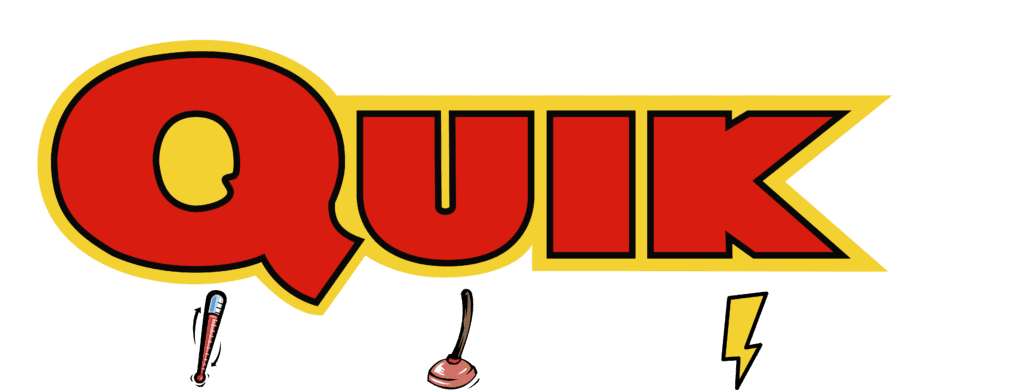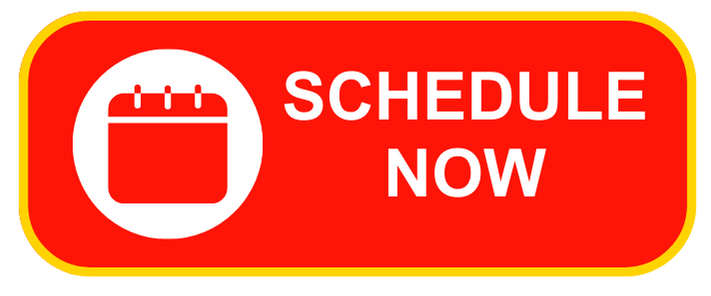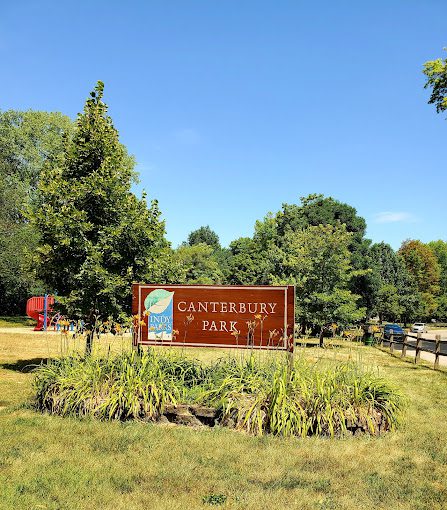Indianapolis Sewer Pipe Repair Near Me
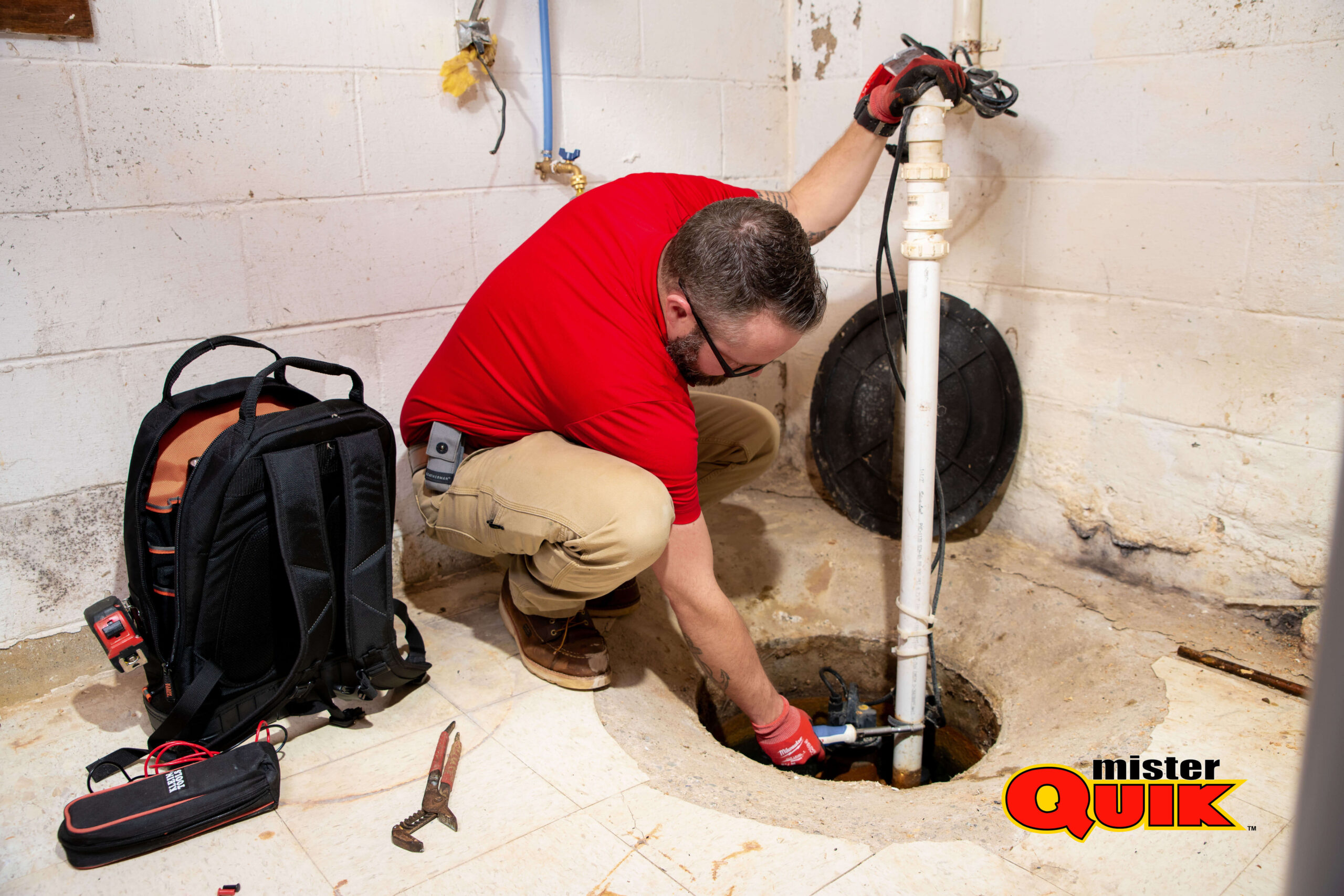
Clogged Indianapolis Sewer Pipe
A clogged Indianapolis Sewer Pipe can be a real hassle, but there are ways to identify it and address the issue.
Signs of a Clogged Indianapolis Sewer Pipe :
- Slow-draining drains: This is a general sign that there could be a clog somewhere in your Indianapolis Sewer Pipe system. If it’s happening in multiple drains at once, it’s more likely a clog in the main sewer line.
- Gurgling sounds: If you hear gurgling sounds coming from your Indianapolis Sewer Pipe drains, it’s a sign that there’s a blockage preventing air from venting properly.
- Sewage backups: This is the most unpleasant sign of a clogged sewer line. If sewage backs up into your drains or toilets, you have a serious clog that needs to be addressed immediately.
- Unpleasant smells: Sewage smells coming from your drains can indicate a clog or a vent problem.
What to Do If You Have a Clogged Indianapolis Sewer Pipe :
- Turn off the water: This will help prevent the clog from getting any worse and potentially causing sewage backups.
- Call a plumber: A clogged Indianapolis Sewer Pipe is a job for a professional. Plumbers have the tools and expertise to diagnose the problem and clear the clog safely and effectively.
Temporary solutions you can try:
- Boiling water and dish soap: This can sometimes help to loosen clogs caused by grease or fat. Boil a pot of water and carefully pour it down the drain, followed by a few tablespoons of dish soap. Let it sit for 15 minutes and then flush with hot water.
- Plumbing snake: A plumbing snake, also known as an auger, can be inserted into the drain to break up the clog. However, if you’re not familiar with using a plumbing snake, it’s best to leave it to a professional. Using it incorrectly can damage your pipes.
Preventing Indianapolis Sewer Pipe Clogs:
- Don’t flush anything other than toilet paper and human waste. This includes wipes labeled “flushable,” feminine hygiene products, diapers, and anything else that can’t easily break down in water.
- Avoid pouring grease, oil, or fat down the drain. Let the grease cool and solidify, then throw it away in the trash.
- Be mindful of what you put down in the garbage disposal. While garbage disposals can handle some food scraps, avoid putting things like coffee grounds, eggshells, and fruit pits down the disposal, as these can contribute to clogs.
By following these tips, you can help prevent sewer line clogs and keep your Indianapolis Sewer Pipe system running smoothly.
Moen Delta Faucets Kohler American Standard Toto Mansfield Plumbing Price Pfister Peerless Lochinvar Rinnai Navien Grohe Speakman Gerber Whirlpool Easywater AO Smith Rheem Bradford White Culligan Kinetico Sterling Brizo Gastite Zoeller Glentronics Zurn Grundfos Pumps Blanco Bocchi Bradley Company Brasscraft Manufacturing Company Kerox, Ltd. Dornbracht Americas Inc. Falcon Water Technologies, LLC Fisher Manufacturing Company Fluidmaster, Inc. Hansgrohe, Inc. Haws Corporation LAUFEN Schweiz AG Lavelle Industries, Inc. LIXIL LSP Products Group LLC Marcone Plumbing Masco Corporation Neoperl, Inc.
Reliance Worldwide Corporation Sloan Valve Company Sprite Industries T&S Brass and Bronze Works, Inc. Uponor Viega LLC Water Pik, Inc. WCM Industries, Inc. Axor Decolav Dreamline Showers DXV Fairmont Design Fortis Franke Geberit Plumbing Ginger Graff HydroSystems Infinity Drains In-Sink-Erator Jacuzzi James Martin LinkaSink MTI Native Trails Newport Brass PROFLO Rohl Signature Hardware Strasser Swanstone Thompson Traders Watermark Zucchetti Alfi ANZZI Altair AquaPure Avanity Avano Azzuri Bella CORE Bemis Brondell CRAFT + MAIN California Faucets Chicago Faucets Clarke Cutler Kitchen and Bath Duravit EAGO Eccotemp Eemax Fresca Giagni Houzer Jones Stephens Kaldewei Kingston BrassKraus Liberty Pumps Little Giant MediTub Nameeks OVE Decors Pulse Purewater Baths Sagehill Designs Saniflo Stiebel Eltron Swiss Madison Symmons Ultra Faucets VIGO WS Bath Collections Waste King Watts Whitehaus
Indianapolis Sewer Pipe Replacement Cost
Replacing a Indianapolis Sewer Pipe can be a significant investment, and navigating the cost factors can feel overwhelming. Fear not! Let’s dissect the details of Indianapolis Sewer Pipe replacement costs to help you budget and make informed decisions.
$10,000 to $35,000+ Remember, these are just averages, and the actual cost for your project can vary significantly.
Longer lines require more materials and labor, increasing the cost. Expect a higher price for sprawling properties or complex sewer systems. Easily accessible lines near the surface are cheaper to reach and repair compared to lines buried deep or under structures. Harder soil requires specialized equipment for digging, adding to the cost. Conversely, softer soil is easier to excavate, potentially lowering the cost.
Traditional Trenching: The traditional method involves digging a trench to expose the entire line. While cheaper upfront, it disrupts landscaping and requires more restoration work. Permits and Inspections: Obtaining necessary permits and inspections add to the overall cost. Factor these into your budget.
Be Detailed: When requesting quotes, provide as much information as possible about your specific situation (line length, depth, accessibility, etc.) for accurate estimates. Explore Alternatives: If minimizing property damage is crucial, discuss methods with your plumbers and compare the cost-benefit analysis. Budget for Contingencies: Factor in potential additional costs beyond the quoted price, such as landscaping repair, unforeseen problems during excavation, or permit fees.
A comprehensive understanding of factors impacting Indianapolis Sewer Pipe replacement costs empowers you to make informed decisions and navigate the process with confidence.
PVC (polyvinyl chloride) pipes are often considered the best option. PVC pipes offer several advantages such as durability, resistance to corrosion and chemical damage, smooth inner walls that prevent clogs, and ease of installation. These pipes are also cost-effective and have a long lifespan, making them ideal for residential Indianapolis Sewer Pipe applications. Additionally, PVC pipes are lightweight and require minimal maintenance, further enhancing their suitability for residential use.
The lifespan of Indianapolis Sewer Pipe typically ranges from 50 to 100 years, depending on various factors such as material quality, installation method, soil conditions, and maintenance. Modern materials like PVC tend to have longer lifespans compared to older materials like cast iron or clay. Regular inspections and proactive maintenance can help extend the life of a Indianapolis Sewer Pipe , while neglecting maintenance can lead to premature deterioration and costly repairs or replacements.
Indianapolis Sewer Pipe is expensive due to various factors including the materials used, installation complexity, and regulations. High-quality materials resistant to corrosion and wear are necessary to ensure longevity and prevent leaks. Moreover, the installation process often requires specialized equipment and skilled labor, contributing to the overall cost. Additionally, adherence to building codes and environmental regulations further adds to expenses, as certain standards must be met to ensure safety and compliance.
You can identify potential issues with your Indianapolis Sewer Pipe through several signs: frequent clogging in multiple drains, foul odors emanating from drains or the yard, slow drainage throughout your plumbing system, unusual sounds like gurgling coming from drains or toilets, and soggy patches or indentations in your yard without any apparent cause. If you notice any of these indicators, it’s advisable to contact a professional plumber to inspect your sewer line and diagnose any problems promptly. Early detection can prevent extensive damage and costly repairs in the long run.
To maintain a clean main Indianapolis Sewer Pipe , regular preventive measures include avoiding disposing of non-biodegradable items or grease down drains to prevent clogs. Secondly, periodic professional inspections and cleanings can help identify and address any potential issues before they escalate. Additionally, using enzymatic cleaners or natural solutions can help break down organic matter and prevent buildup. Lastly, be mindful of tree roots near the sewer line, as they can infiltrate and cause blockages over time, necessitating occasional root removal.
Sewer repair contractors in Indianapolis
Content: When it comes to your home’s sewer system, it’s crucial to find reliable contractors you can trust. In Indianapolis, finding the right sewer repair contractors is essential for maintaining your home’s plumbing system.
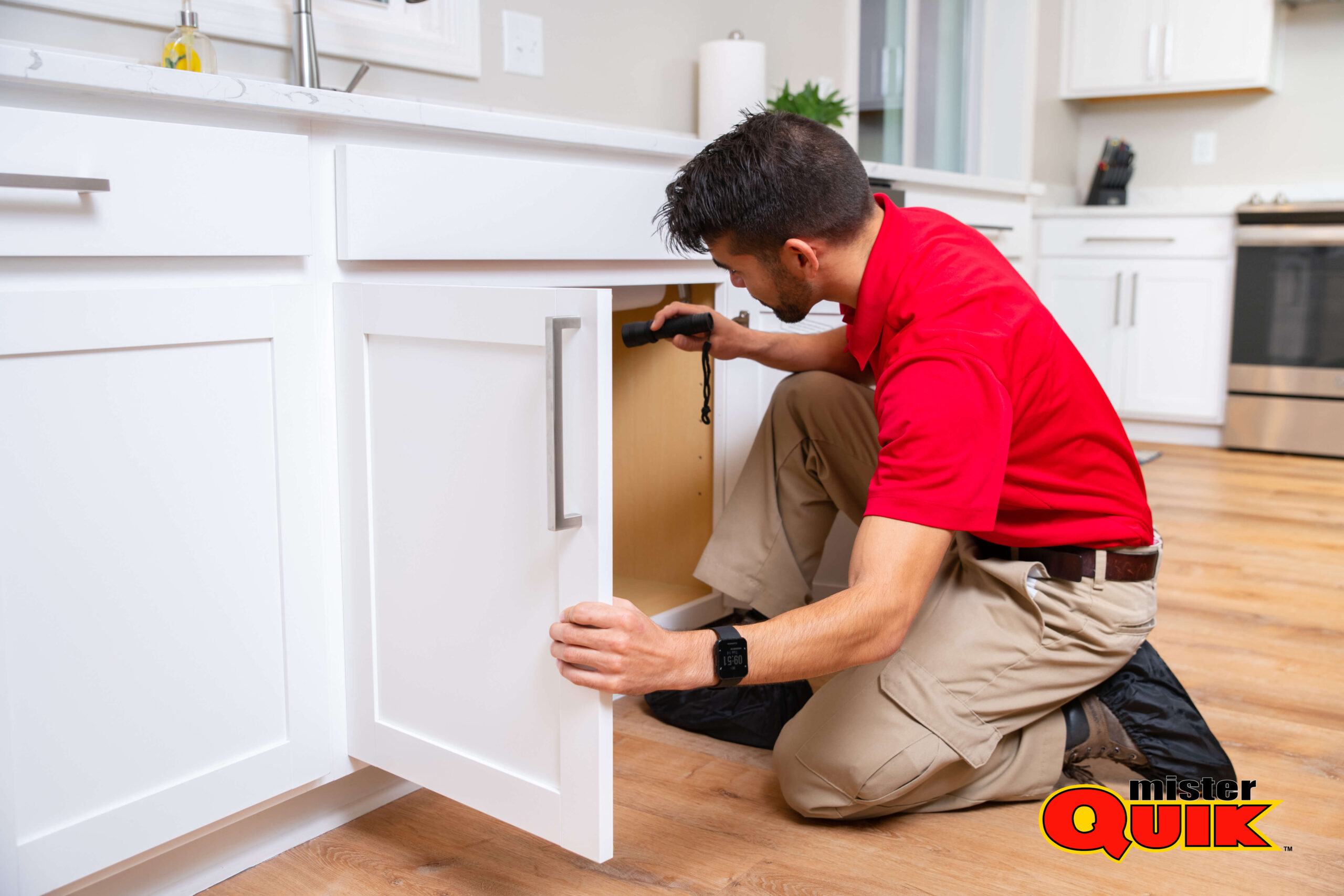

- Expertise in diagnosing sewer line issues: We have extensive knowledge and experience in identifying various sewer problems accurately.
- Efficient solutions for various sewer problems: We offer effective solutions tailored to different issues, ensuring a quick resolution.
- Use of advanced equipment for accurate assessments: We utilize modern tools and technology to conduct thorough assessments, ensuring precise diagnosis.
- Prompt and reliable service: We prioritize timely responses and work efficiently to address sewer issues promptly.
- Customer-centric approach to ensure satisfaction: We focus on meeting customer needs and strive to deliver satisfactory results.
- Budget-friendly options for repairs: We offer cost-effective solutions without compromising on the quality of work.
- Commitment to maintaining the integrity of your sewer system: We prioritize the long-term functionality and durability of your sewer system, ensuring it operates smoothly for years to come.
Don’t let sewage line problems disrupt your daily life. Contact trusted sewer repair contractors in Indianapolis today to address any issues, including repiping, promptly and efficiently. With their expertise and dedication, you can ensure that your home’s sewage line remains in excellent condition for years to come.
How Can I Tell If My House Needs Repiping?
Having a healthy plumbing system is essential for a comfortable and functional home. But how do you know if your trusty pipes are starting to show their age and might be in need of repiping? Here are some signs to watch out for:


Built before the 1960s: Houses constructed before this era often used galvanized steel pipes, which are susceptible to rust and corrosion. These pipes have a shorter lifespan and are more prone to failure.


Discolored water: Rusty or cloudy water coming out of your faucets can indicate deteriorating pipes releasing sediment or rust flakes into your water supply. Low water pressure: Clogged or narrowed pipes can restrict water flow, resulting in weak showers, slow sinks, and inefficient appliances. Frequent leaks: While leaks can occur anywhere in the plumbing system, recurring leaks, especially around the foundation or near the water meter, could point to a compromised main water line.




Visible rust or corrosion: If you see any rust stains, flaking, or discoloration on exposed pipes in your basement or crawl space, it's a red flag for potential problems. Leaks around pipe joints: Leaks at the connection points of your pipes could indicate loose fittings or worn-out materials that need attention. Knocking or banging sounds: Unusual noises coming from your pipes, like knocking or banging, could be caused by water pressure fluctuations due to restricted flow within the pipes.




Cracked foundation: Water leaks from damaged pipes can eventually lead to cracks in your foundation, which is a serious structural concern. High water bills: Unexplained spikes in your water bill might indicate hidden leaks somewhere in your plumbing system.




They can assess the condition of your pipes and recommend the best course of action, whether it's repiping, pipe lining, or targeted repairs. Here are some additional tips: Schedule regular plumbing maintenance: An annual inspection by a plumber can help identify minor issues before they become major problems. Be mindful of what you flush or drain: Avoid putting grease, harsh chemicals, or food scraps down your drains, as these can contribute to clogs and pipe deterioration. Know the warning signs: By familiarizing yourself with the signs of failing pipes, you can be proactive in addressing potential problems.
Taking care of your plumbing system will ensure a steady flow of clean water in your home for years to come. Don't wait for a plumbing disaster to strike – be observant and take action if you suspect any issues with your pipes.
Sewer Line Cleanout
A sewer line cleanout is an access point installed on a sewer line that allows plumbers to clear blockages and perform maintenance on the system. It’s essentially a capped pipe that provides an entry point for a sewer snake or other cleaning tools.
1.Location of Sewer Line Cleanout
The cleanout will typically be located outside the house, either in the basement floor drain, crawlspace, garage floor, or near the foundation of the house. In some cases, it might be buried underground in the yard.
2. How to Identify Your Sewer Line Cleanout
The cleanout pipe will usually be capped with a screw-on or pop-off lid made of metal or plastic. The cap might be labeled “cleanout” or “sewer cleanout.” If you have trouble locating it yourself, you can consult a plumber for assistance.
3. Importance of Sewer Line Cleanout
Having a readily accessible cleanout is important for several reasons:
- Easier and faster clearing of clogs: A cleanout provides a direct access point to the sewer line, which makes it easier and faster for a plumber to clear blockages. Without a cleanout, they would need to access the line by cutting into the pipe, which is a more time-consuming and expensive process.
- Preventative maintenance: Cleanouts can also be used for preventative maintenance, such as hydro jetting, which is a process that uses high-pressure water to clean out the sewer line and remove any buildup that could potentially lead to a clog.
- Minimizes damage: By having a cleanout, plumbers can avoid having to dig up your yard or damage your home in order to access the sewer line.
4.Maintaining Your Sewer Line Cleanout
There is not much maintenance required for a sewer line cleanout itself. However, it is important to keep the area around the cleanout clear so that a plumber can easily access it if needed. You should also avoid pouring anything down the cleanout, as this could damage the sewer line.
If you suspect that you have a clogged sewer line, it is important to contact a plumber right away. Do not attempt to clear the clog yourself, as this could make the problem worse.
Sewer Scope Indianapolis
A sewer scope in Indianapolis is a specialized video inspection of your main sewer line. It involves a trained technician inserting a small, waterproof camera attached to a flexible rod into the line. The camera then transmits live video footage of the interior, allowing the technician to assess its condition and identify any potential problems.
Early detection of sewer line issues: Catches problems like cracks, blockages, root intrusion, and collapsed sections before they cause major backups or damage. Informed decision-making: Helps you understand the severity of any issues and choose the most appropriate repair or replacement methods. Peace of mind: Knowing the condition of your sewer line can provide peace of mind and avoid potential future headaches and expenses.
Buying or selling a home: Helps identify potential issues before closing a deal. Frequent sewer backups: Can pinpoint the cause of the problem and prevent future occurrences. Slow drainage: Helps diagnose the reason for slow draining and determine the best course of action. Unexplained noises: Can identify any structural problems causing unusual sounds in your sewer lines.
Cost: The cost of a sewer scope in Indianapolis can range from $200 to $500 depending on the length and complexity of your sewer line. Preparation: For the inspection, ensure easy access to cleanouts or entry points for the camera. You may also want to remove any valuables from underneath sinks or near sewer lines.
Search online: Look for reputable plumbing companies in Indianapolis offering sewer scope services. Check reviews: Read online reviews and testimonials from past customers. Ask questions: Don't hesitate to ask questions about the technician's experience, the type of camera used, and the inspection process.
By understanding what a sewer scope is and its benefits, you can make informed decisions about your sewer line and potentially save money and headaches in the long run.
Troubleshoot Checklist:
- Understand that sewer lines typically last 50 to 100 years, depending on factors like material quality, installation, and maintenance.
- Prioritize regular inspections and proactive maintenance to extend the lifespan of your sewer line and avoid premature deterioration.
- Recognize that sewer pipe is expensive due to high-quality materials, installation complexity, and adherence to regulations.
- Consider the long-term benefits of investing in a durable and reliable sewer line to justify the initial cost.
- Watch for signs such as frequent clogs, foul odors, slow drainage, unusual sounds, and yard indentations.
- Promptly contact a professional plumber for inspection and diagnosis if you notice any of these indicators to prevent further damage.
- Avoid disposing of non-biodegradable items or grease down drains.
- Schedule periodic professional inspections and cleanings.
